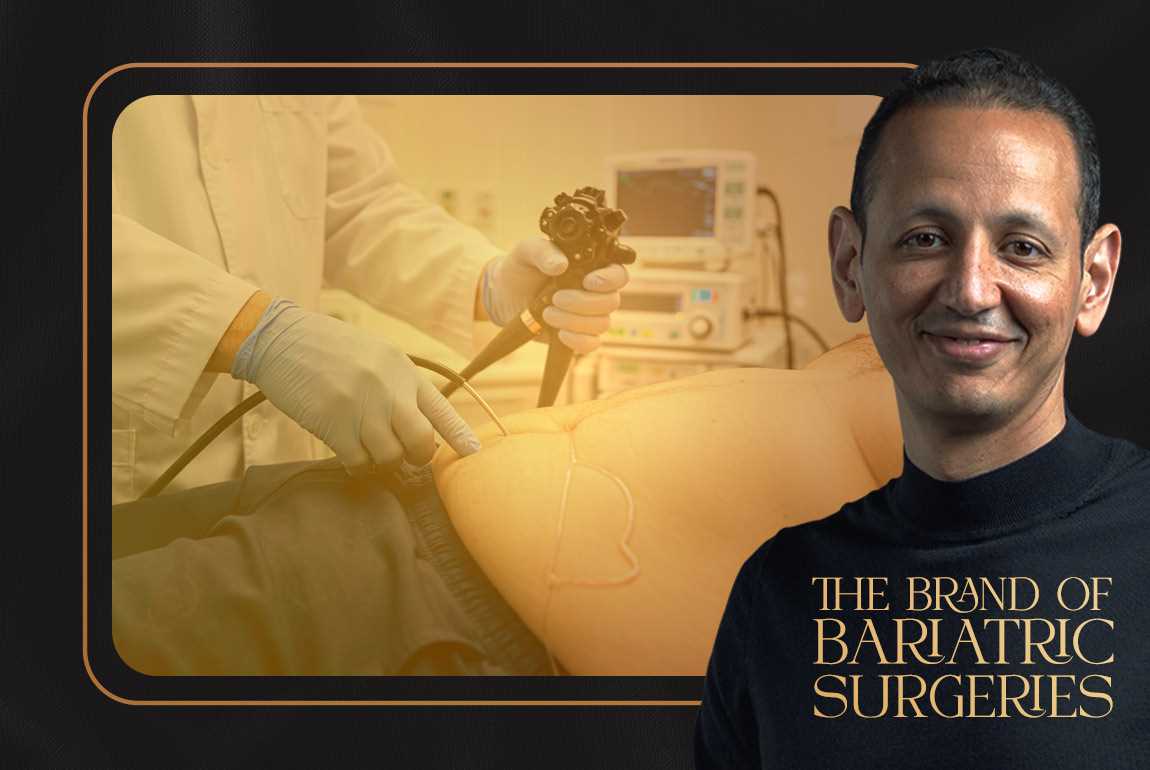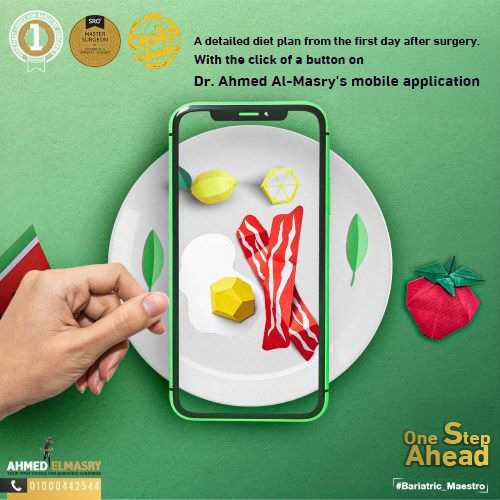
Surgery Tips
Severe obesity is one of the most dangerous and widespread health problems. Its danger lies in the related diseases it can cause, such as diabetes, high blood pressure, and arthritis. It also affects mental health and can sometimes lead to depression. That’s why treating obesity is very important. There are different ways to treat it, such as following a specific diet, exercising, or having surgery, although surgeries used to have many side effects. However, with medical and scientific advancements, it is now possible to perform a gastric sleeve procedure without surgery.
Non-surgical gastric sleeve procedures are considered one of the best obesity procedures because they do not require large surgical incisions as in the past. Thanks to scientific advancements, it is now possible to perform a modified sleeve procedure without traditional surgery, using very small openings made in the lower abdomen. The doctor makes two or three tiny incisions and inserts a laparoscope to remove more than 70% of the stomach, leaving a narrow, tube-like section. This reduces the stomach's size and its ability to hold food, which makes the person feel full more quickly and limits how much they can eat, helping them lose weight quickly and effectively.
Within six months, a person can lose more than 60% of their weight. For this reason, the non-surgical laparoscopic sleeve procedure is considered one of the most successful obesity treatments because of its impressive results. Thanks to the small incisions used in the procedure, it is now safer for the patient, reducing the risk of bleeding during and after the operation. It also leaves no visible scars or deformities, unlike traditional surgical methods.
The non-surgical laparoscopic gastric sleeve procedure is suitable for a specific group of people, such as those who suffer from severe obesity and have a body mass index (BMI) over 40. Before the procedure, the doctor asks the patient to do some necessary tests, like a blood test, and it is important to inform the doctor about any medications the patient is taking.
Using a laparoscope has helped shorten the operation time because it removes the need for traditional surgical incisions. As a result, the recovery period is shorter due to the small size of the incisions, which heal more quickly. The patient stays in the hospital usually for only 24 hours, after which they can go home. Recovery takes a short time, and the patient can return to their normal daily life soon after.
When we compare weight loss medications to surgical procedures in terms of results, we find that medications only help you lose about 10% of the weight you aim to lose.
It’s best to start by trying healthy diets and regular exercise to reduce your extra weight. If these methods don’t work, then the only and most effective solution in this case is obesity surgeries, such as the non-surgical laparoscopic sleeve procedure.
After undergoing the non-surgical laparoscopic sleeve procedure, you will need to follow a strict diet to recover faster and achieve the best results from the operation.
- Week 1: Stick to clear liquids only, such as water and tea.
- Week 2: Continue with light liquids, but begin to add some soft liquid foods like yogurt and soup.
- Week 3: Start eating mashed foods, such as mashed fruits and vegetables.
- Week 4: Begin eating well-cooked solid foods that are easy to digest.
Who is the ideal candidate for a non-surgical gastric sleeve procedure?
The ideal candidate should meet the following conditions:
1. Be in generally good health: The procedure may be recommended for some people but not for others, depending on their medical condition and ability to safely undergo the procedure.
2. Have a Body Mass Index (BMI) over 40: You can calculate BMI by dividing your weight (in kilograms) by your height squared (in meters) (kg/m²).
3. Suffer from obesity-related health problems: These include conditions that directly affect quality of life, such as type 2 diabetes, fatty liver, heart disease, or respiratory issues.
4. Have tried to lose weight through diet and exercise without success: The procedure is typically considered after other weight loss methods have failed.

To maintain the results of the gastric sleeve procedure, you must adopt a healthy lifestyle. This may require significantly reducing your intake of certain types of food while ensuring you get the essential nutrients your body needs. It’s also important to monitor both the quantity and quality of your food and to take nutritional supplements prescribed by your doctor to prevent any deficiencies.
As for the recovery period after a non-surgical gastric sleeve, it is much shorter than older methods that involved full surgical incisions. However, you will still need to stay in the hospital for at least one full day so your doctor can monitor your condition and make sure everything is fine. After that, you can go home, but it’s important to strictly follow the proper diet during the first few weeks after the procedure, as mentioned earlier. It’s also important to do some follow-up tests to check your vitamin and mineral levels and determine whether you need to take supplements to stay healthy.
Dr. Ahmed El-Masry is the best gastric sleeve surgeon in Egypt:
Dr. Ahmed El-Masry is considered to be the best doctor for gastric sleeve surgery in Egypt because he has the highest success rates. He has performed thousands of non-surgical laparoscopic sleeve procedures. The laparoscopic sleeve surgery is done through four very small incisions, where he removes 80% of the stomach and staples it using smart staplers. He also performs a leak test to protect the patient and ensure their safety.
What makes Dr. Ahmed El-Masry the best gastric sleeve surgeon in Egypt?
1. Practical Experience:
Dr. Ahmed El-Masry stays up-to-date with the latest developments in obesity surgeries, especially laparoscopic gastric sleeve procedures, by regularly attending medical seminars and conferences.
2. Reputation and Fame:
He is widely known in Egypt, the Arab world, and Europe, thanks to many successful stories of non-surgical gastric sleeve operations.
3. Use of the Latest Tools and Techniques:
Dr. Ahmed El-Masry uses advanced American smart staplers that prevent leaks, along with a PCA device that helps reduce pain during recovery.
4. Highest Success Rates for Non-Surgical Laparoscopic Sleeve Surgery:
Because of this, he is the top choice for gastric sleeve and other obesity surgeries in Egypt.
5. Always Available:
You can contact Dr. Ahmed El-Masry through his social media pages on Facebook, Instagram, TikTok, and Snapchat, where he answers all your questions.
6. Continuous Follow-up Before and After Surgery:
Before the surgery, Dr. Ahmed El-Masry requests all necessary tests to ensure your health condition allows you to undergo general anesthesia. After surgery, his team, including a nutritionist, closely monitors your progress to ensure you follow a healthy diet during the first weeks. Patients receive the book "We Are With You," which contains healthy meal recipes to follow.
The follow-up goes beyond diet, as he provides a support team including a life coach, behavioral therapy, and psychological support to help patients overcome obesity challenges and adapt to a new lifestyle after the non-surgical laparoscopic sleeve procedure.

